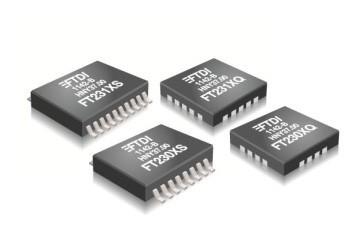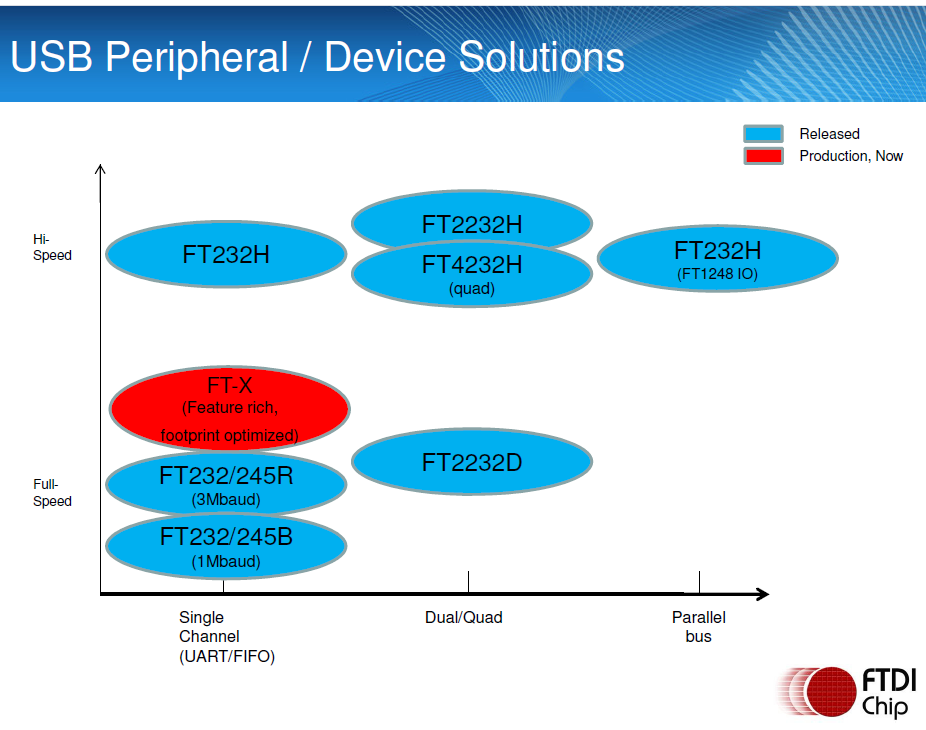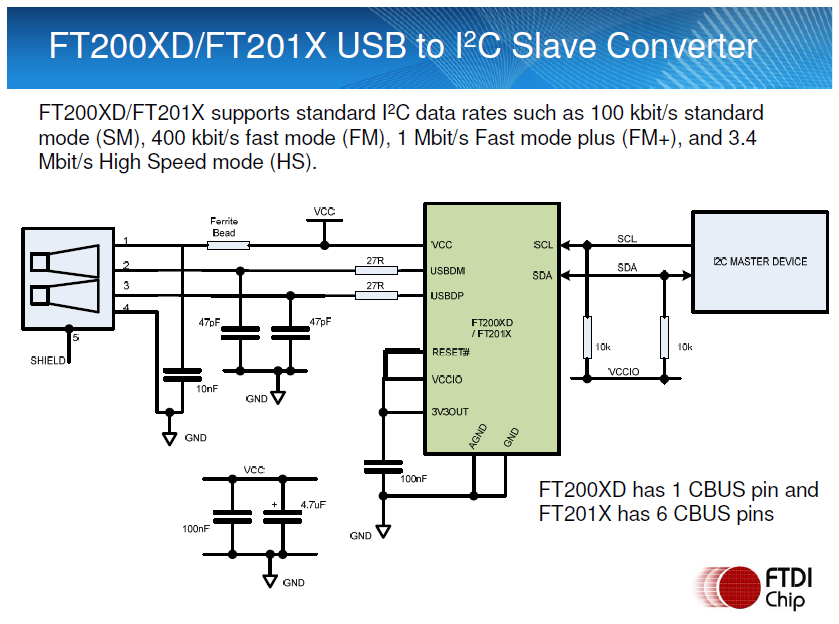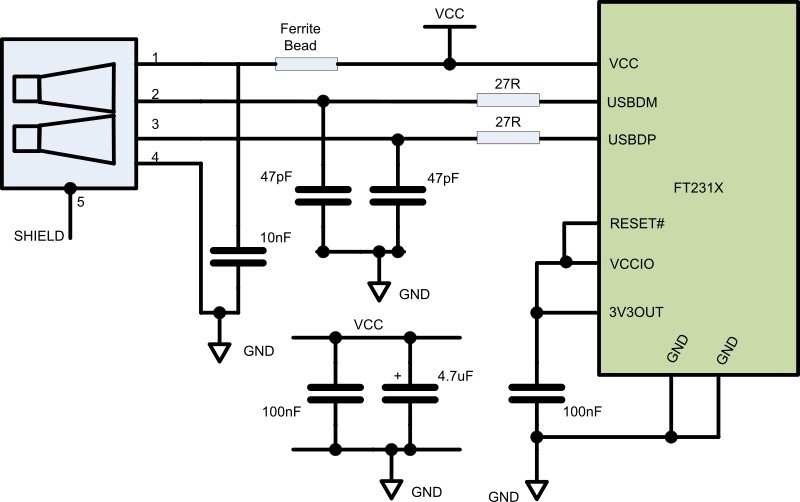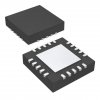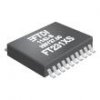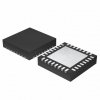Microcontrollers with USB interface are common nowadays. Manufacturers provide source codes for USB device classes like CDC, HID, Mass storage and DFU. . Even in this case, programming USB communications may not be a trivial task. If it is only required to replace RS232 serial interface to USB, is worth considering using of FTDI TF-X series USB to serial bridge.
Advantages:
•Entire USB protocol handled on the chip. No USB specific firmware programming required.
•Detection of connection to DCP (Dedicated Charging Port) USB port.
•Lower requirements for microcontroller resources. Communication through UART, I2C or SPI is less resource demanding than implementation of USB CDC device class
•Drivers for Windows, Mac OS-X, Linux and Android for free.
•Microcontroller pins are connected to USB connector through USB/serial bridge. ESD or overvoltage spikes on USB bus can damage bridge instead of microcontroller. Replacement of small bridge chip is simpler than replacement of microcontroller.
Disadvantages:
•USB/serial bridge chip requires PCB space and increases cost.
The X-chip brochure and X-chips overview. will provide you more information. Majority of FT-X series chips can be found in our standard stock offer. In case of interest please contact us at sales@soselectronic.com.
- USB to serial port interface chips with speeds up to 3.4Mbit/s.
- Speed-up of development and minimum external components required.
- 13 chip/package options supporting: UART, I2C, SPI, FIFO and FTDI FT1248 interface.
- Detection of connection to DCP (Dedicated Charging Port) USB port.
- Low power – typically 8mA active / 125uA suspend.
- Low pin count and small footprints.
- Configurable CBUS pins.
- Internal memory, storing device descriptors and CBUS I/O configuration programmable via USB or I2C.
- Bus-powered (5V) or self-powered (3,3V).
- -40 °C to +85 °C extended operational temperature range.
Do you like our articles? Do not miss any of them! You do not have to worry about anything, we will arrange delivery to you.
